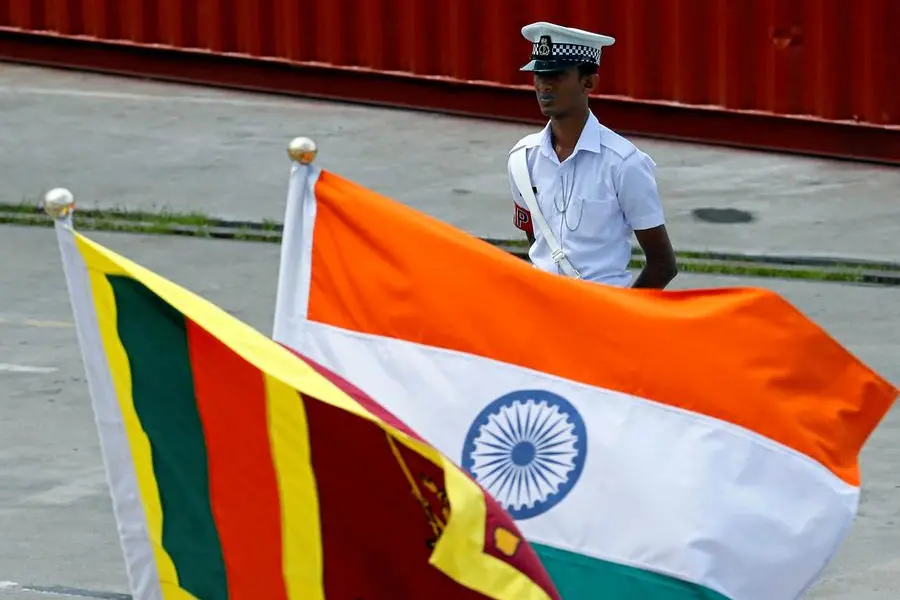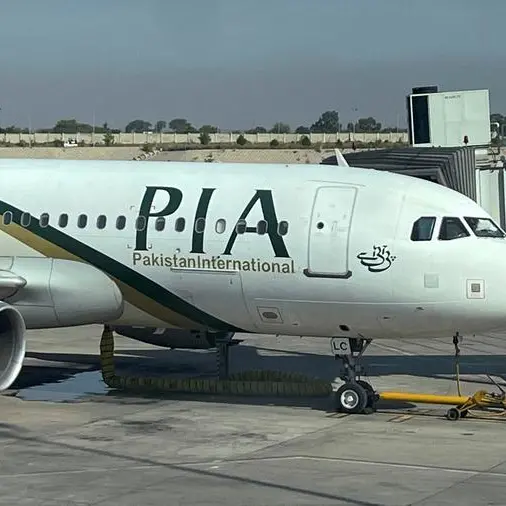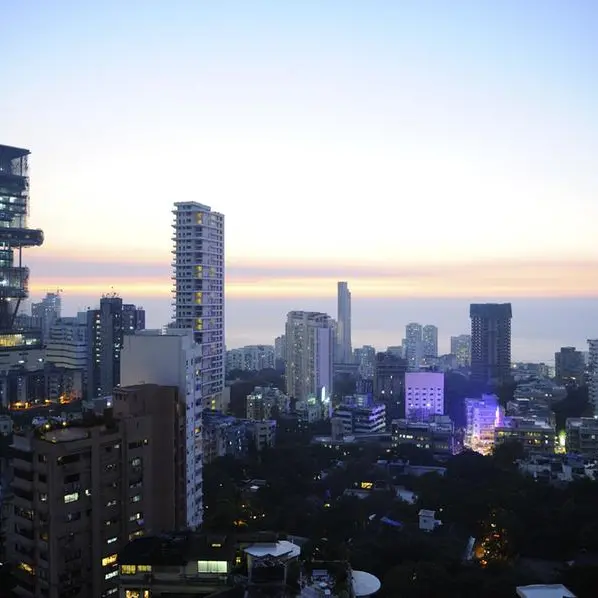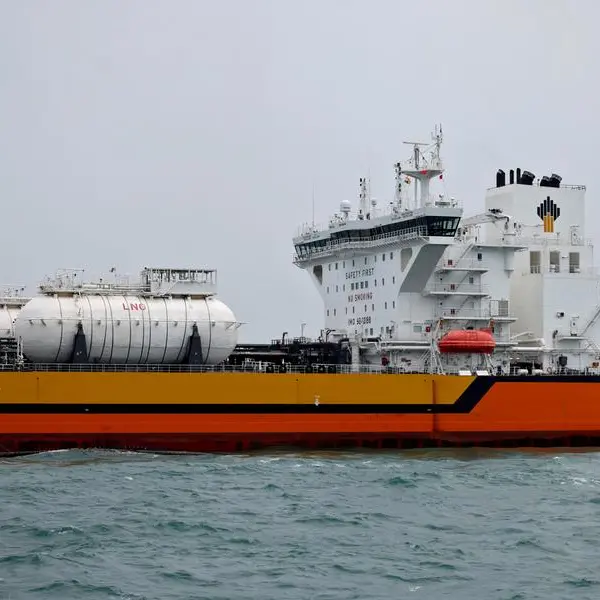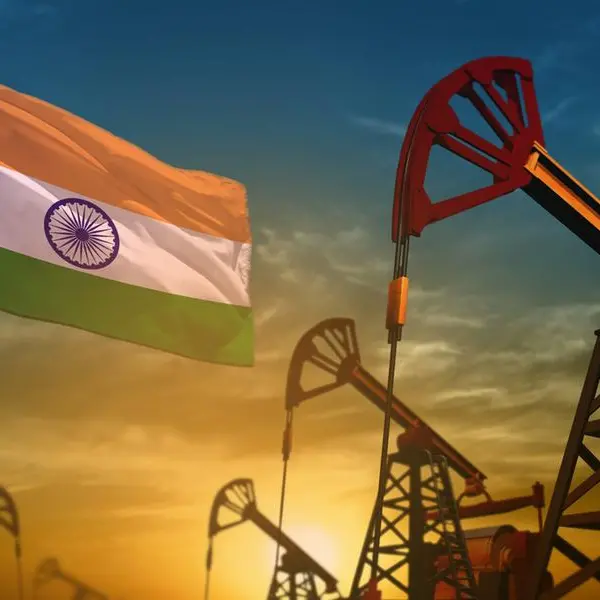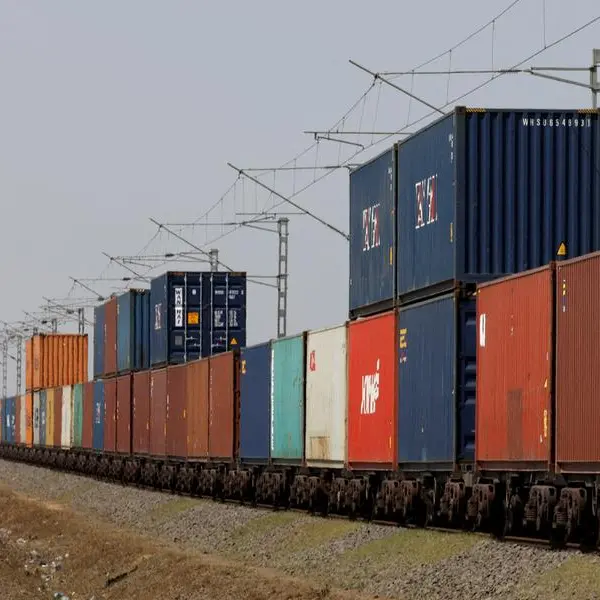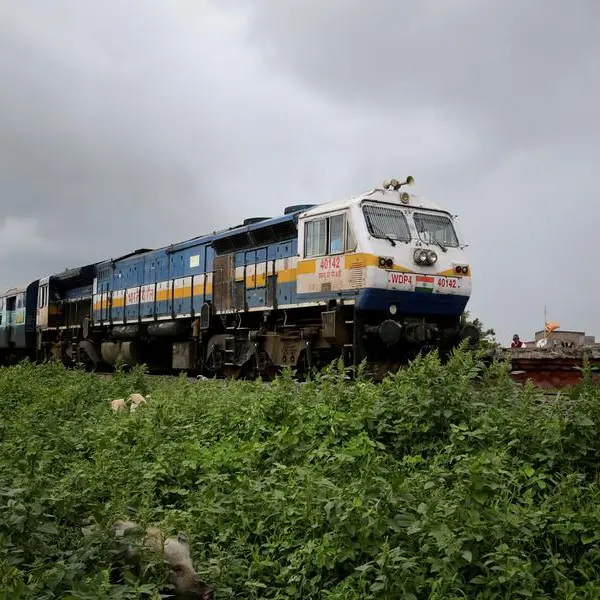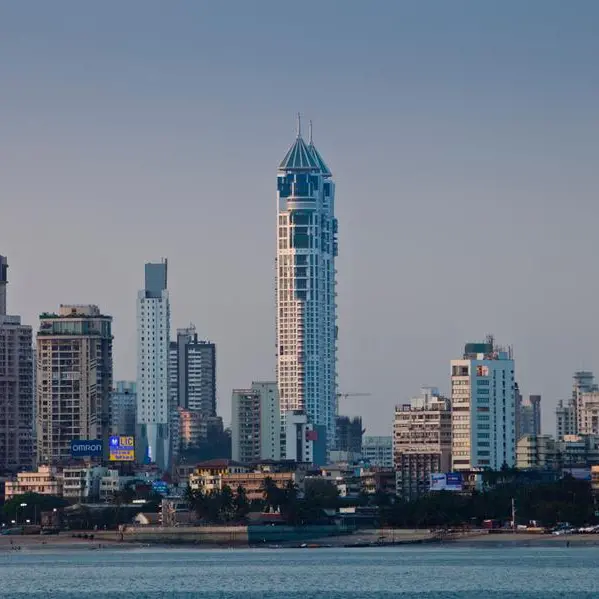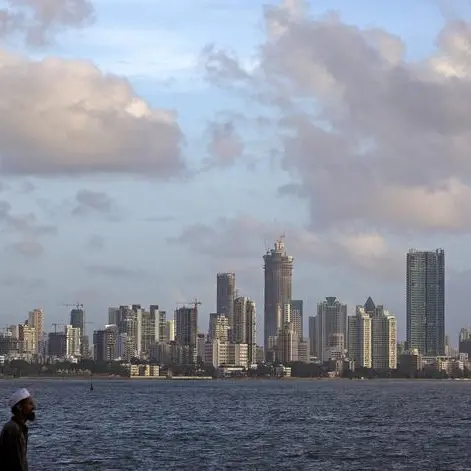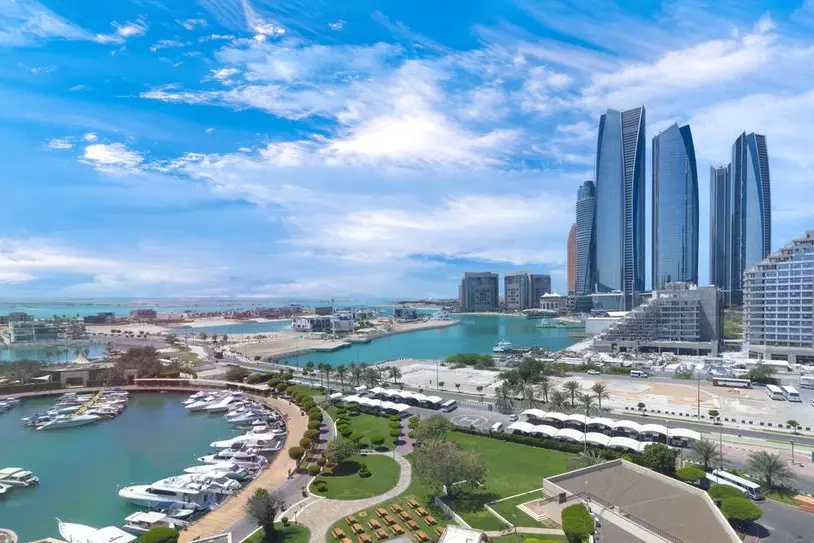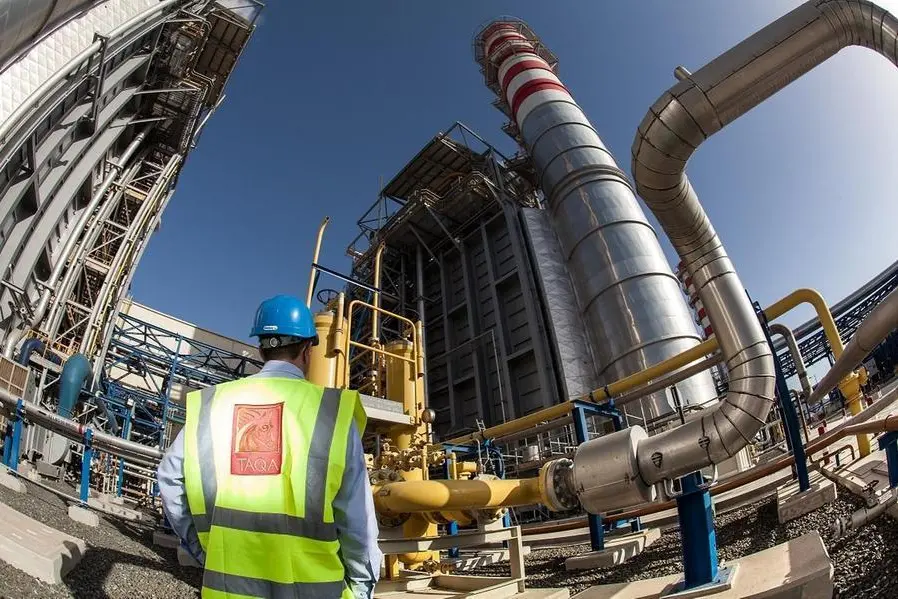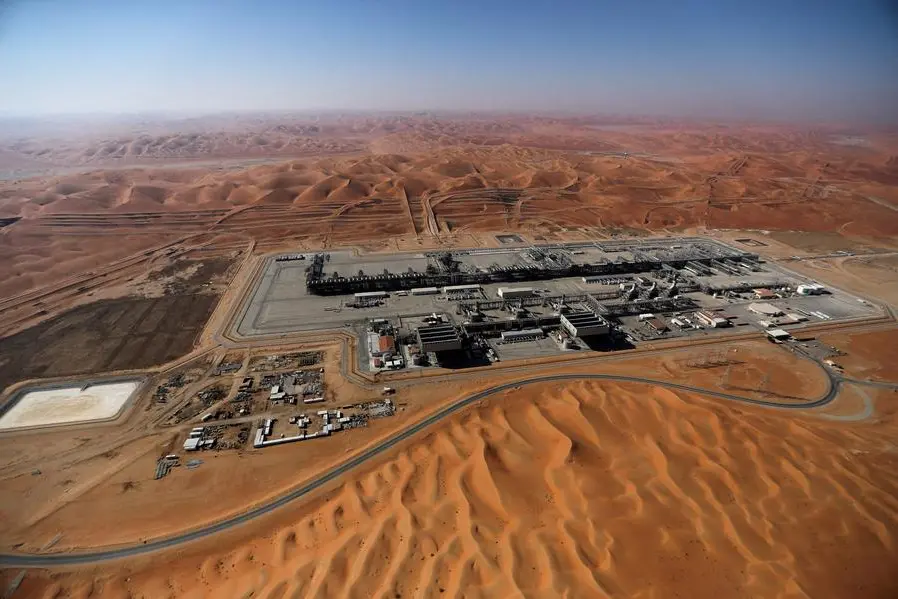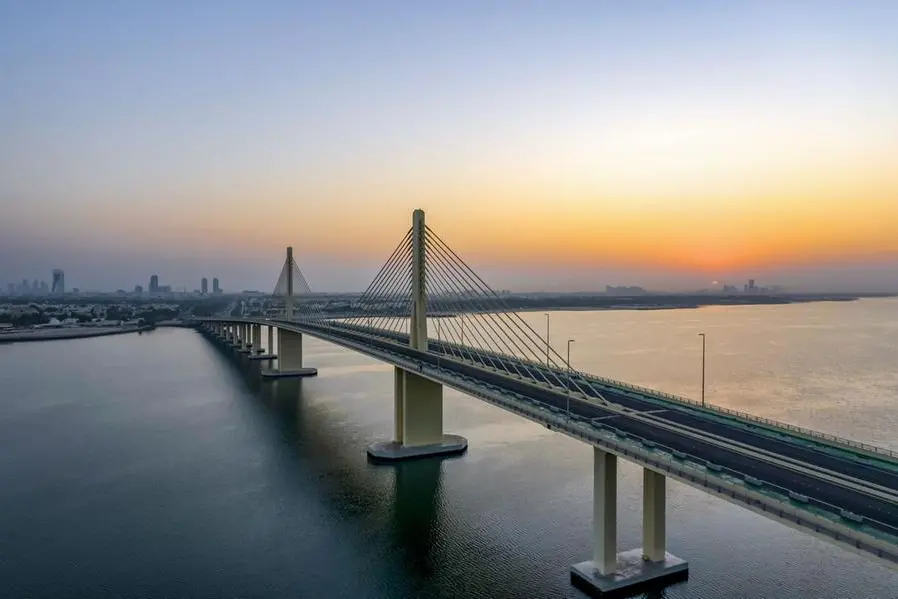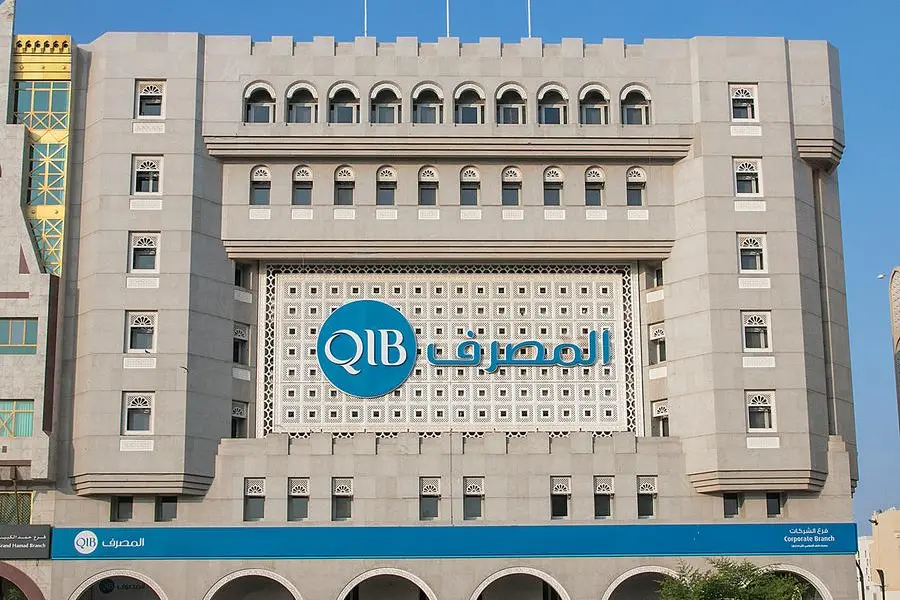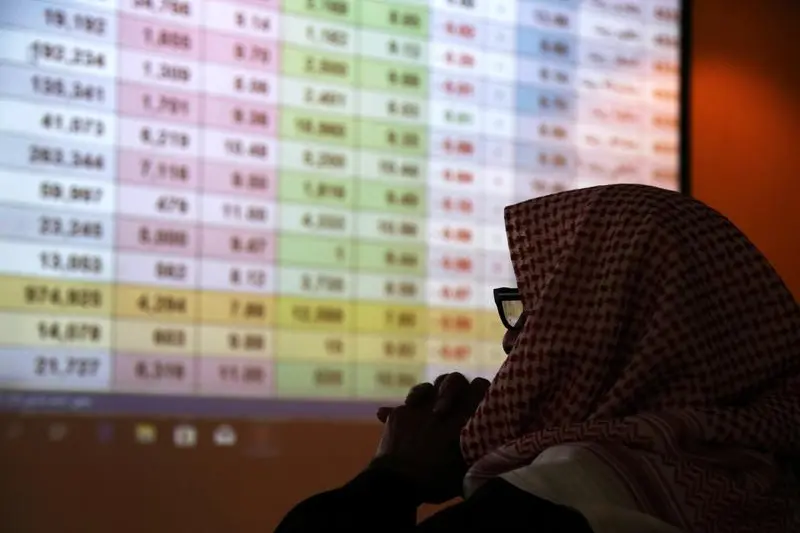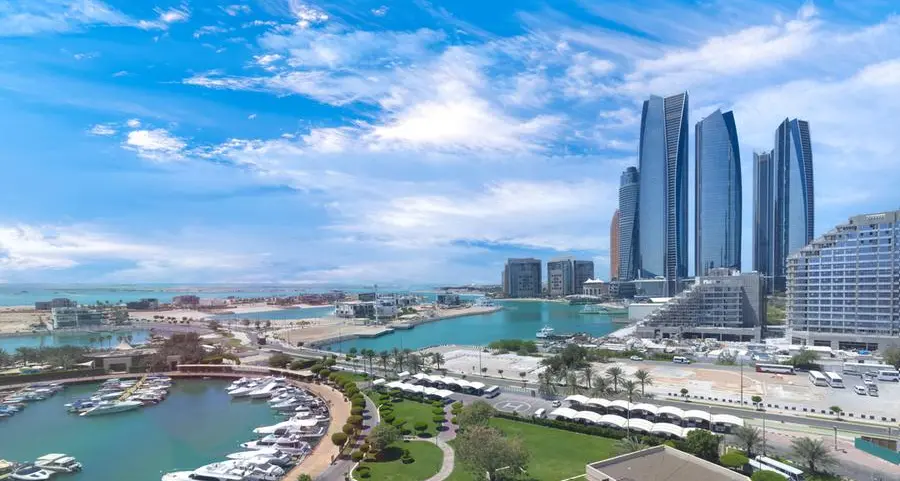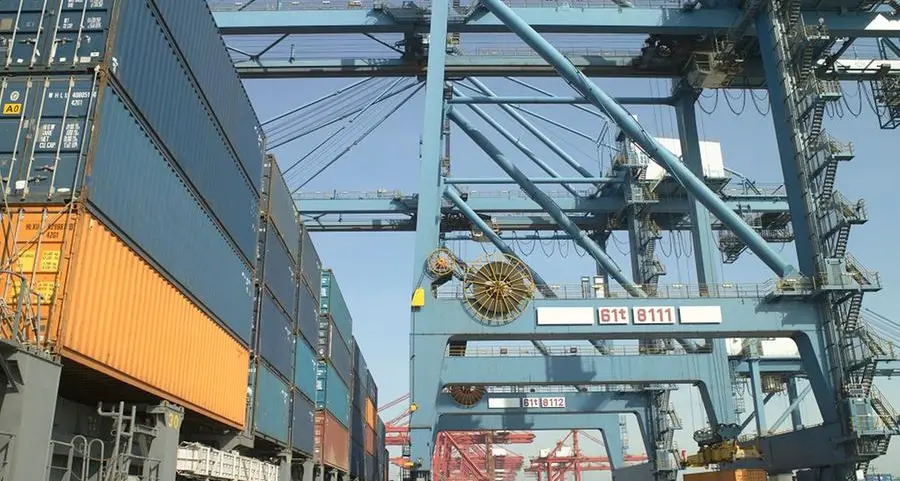PHOTO
FILE PHOTO: A Navy officer stands in front of India's and Sri Lanka's national flags as Indian Coast Guard Ship (ICGS) Shoor is in the Colombo port during its visit in Colombo, Sri Lanka April 2, 2018. REUTERS/Dinuka Liyanawatte/File Photo
New Delhi: Indian Prime Minister Narendra Modi visited Sri Lanka over the weekend where he signed a raft of defence and energy agreements to boost relations between the two countries.
Sri Lankan President Anura Kumara Dissanayake rolled out the red carpet for the Indian premier and conferred on him the ‘Sri Lanka Mitra Vibhushana’, the nation’s highest award presented to a foreign leader.
Indian experts and diplomats see Modi’s visit as a move to counter China’s expanding presence and influence in South Asia.
“Modi’s visit to Sri Lanka is a vivid demonstrator of India’s ‘Neighbourhood First’ policy, where India extends asymmetric benefits to its neighbours, expecting reasonable assurances on security,” Ajay Bisaria, a former Indian diplomat, told DW.
During the trip, Modi said: “We believe that our security interests are aligned. Our security is interdependent and interconnected.”
Dissanayake said he had assured the Indian prime minister that Sri Lankan territory ‘will not be allowed to be used by anyone to undermine India’s security’.
A strategic location
Dissanayake came to power in Sri Lanka in September 2024 and made his first overseas visit to New Delhi in December. Then, he followed that up with a visit to China in January 2025, underscoring Sri Lanka’s delicate balancing act between the two Asian giants.
Sri Lanka is strategically located on one of the world’s busiest shipping routes.
And Beijing’s influence there has been growing in recent years, worrying New Delhi, particularly after China launched major projects in Sri Lanka under the Belt and Road Initiative (BRI). Sri Lanka is just one of the hotspots for Beijing’s massive infrastructure plan that aims to bolster Chinese trade links with dozens of countries.
Nillanthan Mahaatheva, a Sri Lankan political scientist based in Jaffna, said that both India and China are vying for influence in the region and ‘it is a tug-of-war situation’.
“China has already established a visible presence in Sri Lanka and the lease of the Hambantota port and the Colombo Port City is evidence of it,” he added.
India wary of Chinese-managed port
The port of Hambantota in southern Sri Lanka has been a Chinese-run facility since 2017, when both sides signed a 99-year lease after Colombo struggled to repay debt from the port’s construction.
The port gives China a key foothold in the country directly opposite India’s coastline.
The frequent docking of Chinese research vessels, suspected by some to have military surveillance capabilities, in Sri Lankan waters has further heightened New Delhi’s apprehensions.
Additionally, China is now planning to build a US$3.7bn oil refinery near the Hambantota port.
Anil Wadhwa, a former diplomat, said that China’s rising presence in the Indian Ocean region is undeniable and its ‘String of Pearls’ strategy to expand its influence was an ‘encirclement tactic’ targeting India.
“As the Chinese economic and military might has grown, so has its desire to create its spheres of influence far and wide, create dependencies in the garb of economic loans and implement them in a unique manner thus resulting in debt traps for many countries in South Asia,” he told DW.
‘Much more effective’
Shanthie Mariet D’Souza, president of Mantraya Institute for Strategic Studies, told DW that Modi’s visit should be viewed as an effort by New Delhi to strengthen its ties to neighbouring countries.
“With Bangladesh leaning towards China, India finds itself surrounded by countries that are actively engaging with China. The reputation of Sri Lanka’s president for being accommodating towards China has raised concerns in New Delhi, prompting India to implement a more proactive foreign policy at the highest levels,” said D’Souza.
In her reckoning, India has always tried to use trade, investment, and financial largesse to strengthen bilateral ties.
“The fact remains, however, that China employs a similar policy and has been much more effective. Modi’s attempt may increase India’s profile in Sri Lanka and lead to closer bilateral relations but may not be sufficient to make debt-stricken Sri Lanka shake off Chinese influence,” said D’Souza.
Delicate balancing act
China is Sri Lanka’s largest single bilateral creditor, providing billions of dollars in loans for development projects.
Beijing’s financial support became even more critical for Colombo since it faced economic collapse in 2022.
Both India and China have separately agreed on terms with Sri Lanka for restructuring its debt, which would enable the country to come out from bankruptcy and rebuild its battered economy.
Against this backdrop, Sri Lanka faces a delicate balancing act to ensure smooth relations with both New Delhi and Beijing.
Wadhwa warned that the Chinese military presence in the region, however, will continue to grow.
“There is no doubt that the presence of the Chinese navy and its ships in the Indian Ocean will only increase in the future,” he said.
“India is working with other likeminded countries on maritime domain awareness to track China’s activities and its presence, and has its own development assistance programmes with countries of South Asia,” the former diplomat added. “India’s geographical proximity means that countries cannot deny its importance in the region.”
© Apex Press and Publishing Provided by SyndiGate Media Inc. (Syndigate.info).
